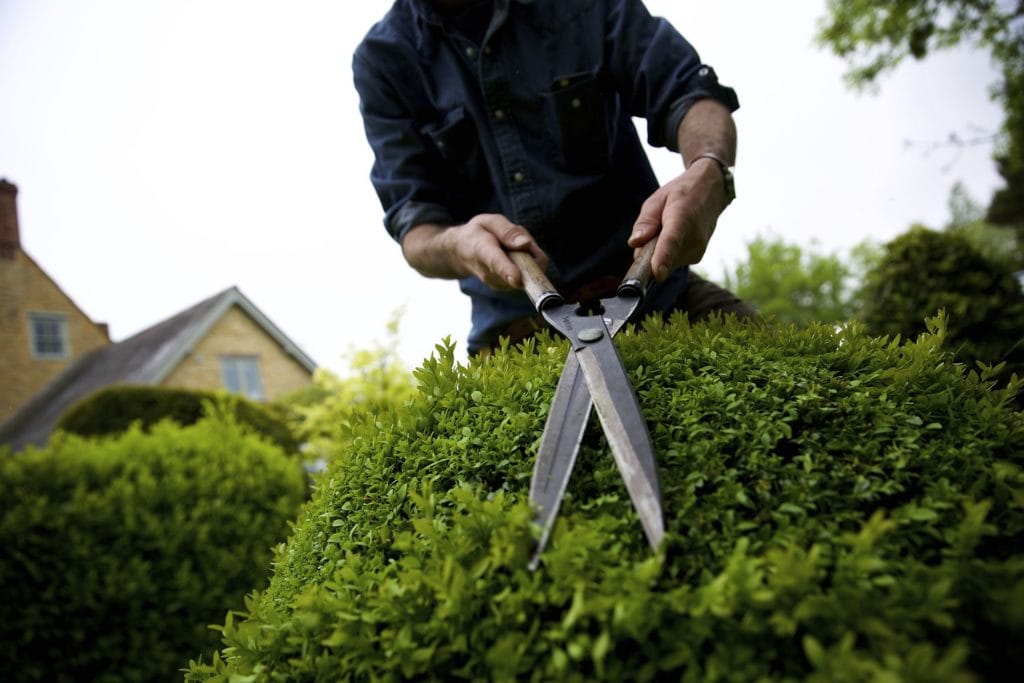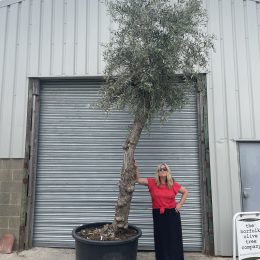
Cloud Pruning
The art of cloud pruning originated in Japan as a method of training trees and shrubs into shapes resembling clouds. This highly skilled technique creates beautifully manicured trees that burst with sculptured interest. Although cloud pruning is associated with Japanese style gardens, cloud pruned specimens can be a wonderful feature in any garden.

Niwaki
Cloud pruning is also known as Niwaki, the Japanese word for ‘garden trees’. This creative and bold method of pruning is said to represent the true essence of the tree. The Niwaki pruning method helps to integrate trees into their surroundings creating balance and harmony. The art of Niwaki is not to be confused with Bonsai, which means ‘potted tree’. Bonsai trees are much smaller, whereas Niwaki are bigger and can easily be planted in the ground. The appeal of cloud pruning is a beautifully manicured sculptured tree that doesn’t display any type of symmetry. However, a well-executed Niwaki can be highly asymmetric and beautifully balanced at the same time. So, for this reason it kind of creates its own kind of symmetry.

Cloud Pruned olive trees
There are many different plants that are suitable for cloud pruning. However, evergreens produce a more striking specimen and give all-year-round interest. And, there’s no better example of this than the cloud pruned olive tree. It’s important to choose plants with interesting branch formations these will make the basis of a design. Olive trees are perfect for pruning into stunning topiary cloud shapes. The idea is to keep the olive trees in proportion to everything else around your garden. You can constrain their growth, cut branches and prune different parts of the tree to achieve the effect you want. And, the good news is not only are they ornamental, but they’re also extremely hardy.



We stock a wonderful array of cloud olive trees – take a look today!




